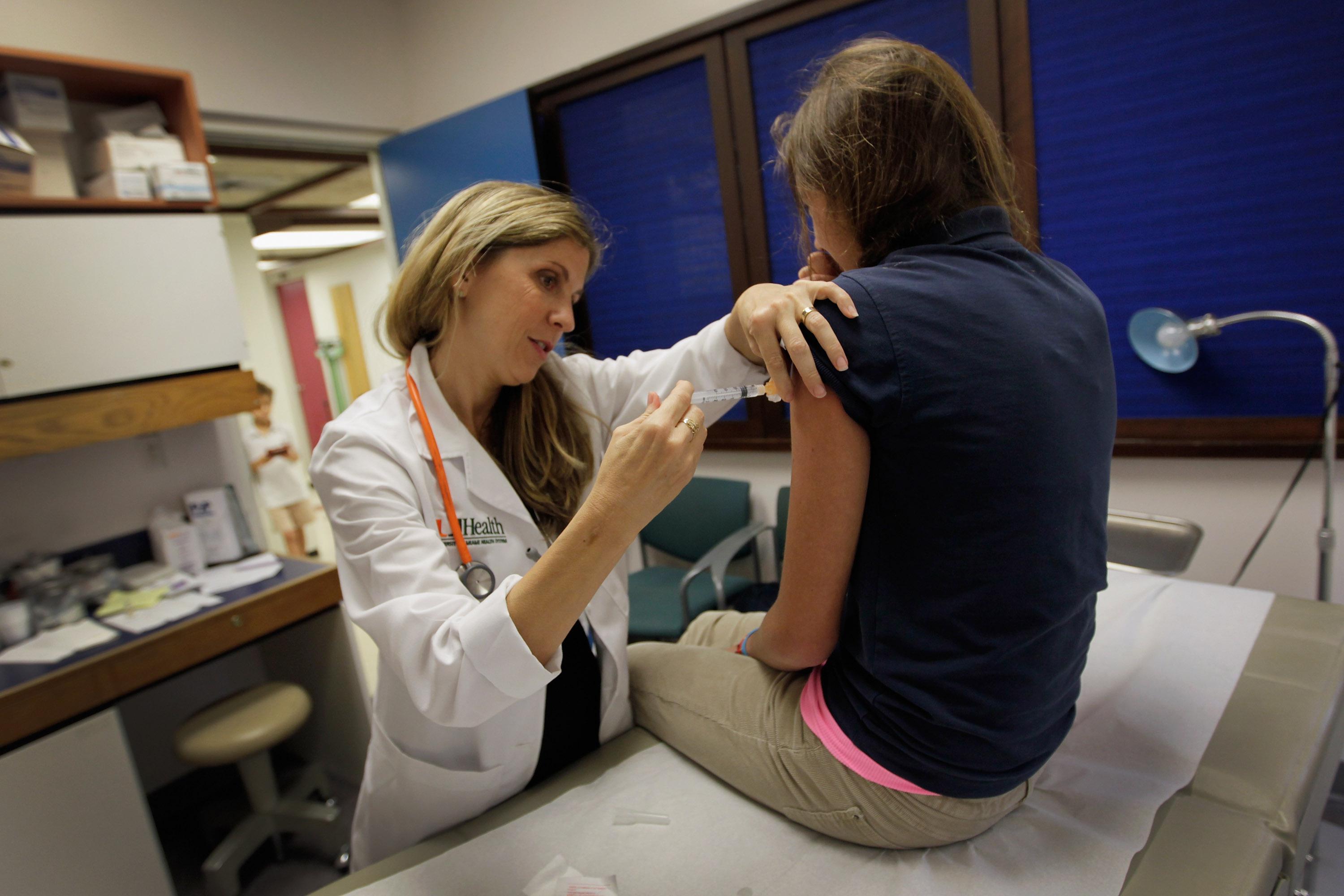While there have been some gains in closing the pay gap generally, new research published in the Journal of the American Medical Association shows that it’s actually getting worse between male and female doctors, as well as among other health care workers. In the 1980s, male doctors made about 20 percent more than their female counterparts, but now that number has ballooned to 25 percent, making the gap in real dollars more than $50,000 a year. For those eager to blame this on women’s “choices” and not on discrimination, I have bad news: The study controlled for hours worked and years of experience.
But as Sarah Kliff of the Washington Post explains, the difference in what kind of medicine female and male doctors practice may play a major role. Men dominate the ranks of surgeons, radiologists, and other high-paid specialties, whereas women are more likely to become family care doctors or pediatricians. The researchers couldn’t say why this is but suggested it could be a matter of preference or discrimination—or some combination of the two—and called for more research to get to the bottom of this conundrum.
Regardless of the cause, however, this gap should be a major concern, not just for equality but also for the quality of our health care system. Right now, the country is experiencing a major shortage of doctors, particularly the kind of family care physicians that women are more likely to become. The primary care doctors there are, especially in rural areas, are often overworked and stressed out from handling more than their fair share of the nation’s health care workload. Or, put another way: Women are taking on the necessary if unglamorous work of handling a massive number of patients who need basic doctoring, and their reward for doing what needs to be done is to get paid significantly less than their male counterparts, who are more likely to join more lucrative, specialized fields.
Instead of looking at this as an issue of simply getting more women into higher-paid specialist jobs, we should also have a national conversation about why we don’t value primary care physicians and pediatricians enough. As the new health care law rolls out and the number of people who can afford to get to a doctor for basic care increases, the demand for this necessary, female-heavy work is just going to get higher. Do we need to pay these doctors more? Create incentive structures to make doing this work more rewarding? Regardless of how we tackle this problem, the fact remains that we have an opportunity to both improve the health care system and strike a blow for more gender equality, all at once. So what are we waiting for?
